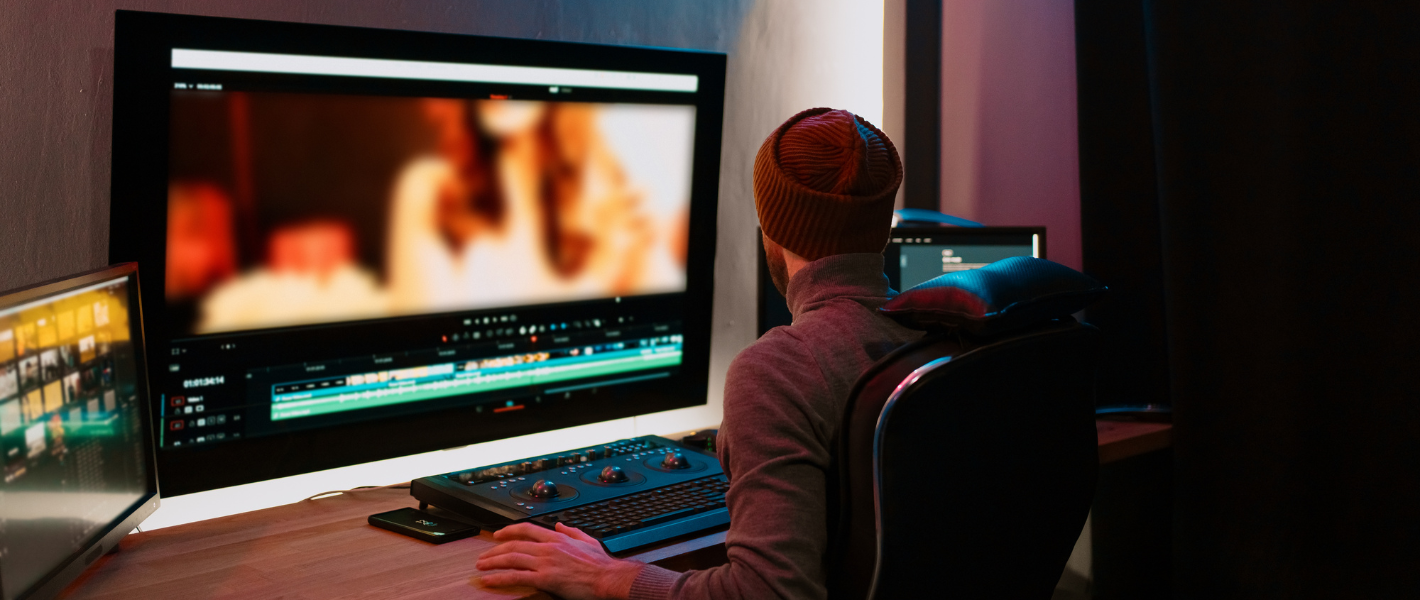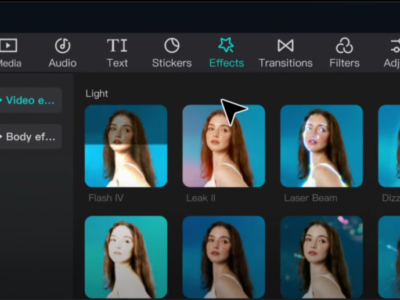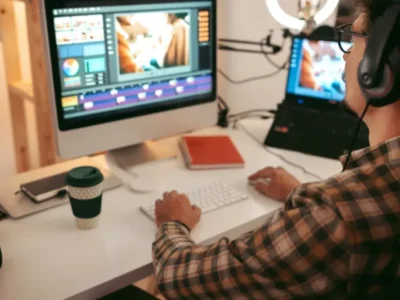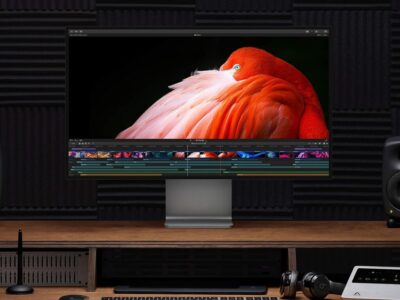Embarking on the journey to become a VFX artist is no small feat, but it’s certainly achievable with the right guidance. In this comprehensive guide, one will find a blueprint for acquiring the essential skills needed to thrive in the world of visual effects. For those who harbor a passion for VFX and can envision themselves creating captivating visual experiences, this guide serves as the perfect roadmap. The following list of ten crucial skills aims to make the path to becoming a VFX artist more manageable, whether one is aspiring for a freelance career or a position in a studio. Whenever individuals feel a bit lost in their learning journey, they can revisit this guide for practical insights and step-by-step advice.

How to Become a VFX Artist
1. Know How to Draw
Drawing is one of the most crucial skills for a VFX artist. The ability to translate ideas from your mind to paper is invaluable. Start with the basics – grab a pencil and paper, and draw anything and everything you see. Developing your attention to detail through drawing is a fundamental step in your journey.
2. Illustrate Digitally
In the digital age, being able to illustrate digitally is essential. Invest time in gaining proficiency with graphic tablets and software like Photoshop or Krita. This skill will be crucial when bringing textures, images, and flipbooks to life for your visual effects.
3. Become a 3D Generalist
Understanding 3D modeling is a game-changer. Learn a 3D software like Blender, covering everything from modeling objects to UV mapping. Familiarity with 3D processes, texturing, rigging, and animation is essential for creating impactful visual effects.
4. Learn the Rules of Design
Mastering the rules of design is key to becoming a well-rounded artist. Understand proportions, alignments, balance, hierarchy of importance, repetition, patterns, and managing white space. Apply these rules to enhance your visual effects.
5. Learn the Principles of Visual Effects and Animation
Building on animation principles, integrate game-related variables. Consider gameplay, timing, shape, contrast, attention, and color theory/themes. These principles ensure your effects align with the overall gaming experience.
6. Know Game Engines (At Least One)
Familiarize yourself with the game engine you’ll be working with – whether it’s Unity, Unreal, or Godot. Learn the basics of the engine’s interface and navigation. Knowledge of a 3D software like Blender will ease your transition into game engines.
7. Learn a Particle System
Understanding particle systems is crucial for creating dynamic visual effects. The concepts and keywords are consistent across game engines and even software like After Effects and Blender. Mastering particle systems will add depth to your skill set.
8. Texture Creation
As you become familiar with game engines and particle systems, you’ll want to create custom effects. This is where texture creation comes in. Whether through drawing or using tools like Substance Designer or Material Maker, you’ll need to create textures that bring your effects to life.
9. Shaders
Shaders add complexity to your effects. While shader programming involves a degree of mathematics, visual node-based tools can ease the learning curve. Manipulating how pixels are rendered on the screen allows you to achieve advanced effects, such as distortion, glow, or water.
10. Coding
Coding is a powerful tool for artists. Knowing how to program tools tailored to your needs unlocks the technological side of artistic expression. While not mandatory, coding can significantly enhance your capabilities as a VFX artist.
Film Composition Examples
Within this FREE PDF, you will discover:
- film composition examples in movies
- how filmmakers employ composition techniques
- how to create unforgettable cinematic experiences

How to Become a VFX Artist: Conclusion
In conclusion, aspiring VFX artists should heed the advice of this comprehensive guide. Mastering the art of drawing, digital illustration, 3D modeling, design principles, and the intricacies of visual effects and animation forms the foundation for a successful journey. Familiarity with game engines, particle systems, texture creation, shaders, and even coding will propel artists to new heights. This roadmap, derived from the author’s personal experiences and insights gained from students, serves as a valuable resource.
If you also wondering how to become a video editor, check our resources.
Film Composition Examples
Within this FREE PDF, you will discover:
- film composition examples in movies
- how filmmakers employ composition techniques
- how to create unforgettable cinematic experiences

Explore related content

Video Editing Tips CapCut: Tips, Tricks, and Techniques
Video editing is an art, and there are proper tools and techniques, through them everybody… Read More »Video Editing Tips CapCut: Tips, Tricks, and Techniques

Factors to Consider Before Buying a Video Editing Computer
From helping grow your brand and business to editing just for fun with the love… Read More »Factors to Consider Before Buying a Video Editing Computer

Best Video Editing Monitors in 2024
In the evolving world of video production, the importance of a high-quality monitor cannot be… Read More »Best Video Editing Monitors in 2024